Fall survey for problematic weeds
Written by David Doll, UCCE Merced County
Monitoring weeds in the fall provides the ability to evaluate the current year's weed control program. By surveying the orchard for areas of weed species that escaped control, control practices can be adjusted to control these weeds in the following year. Fall monitoring also provides the ability to identify emerging winter species and allow for the selection of a pre-emergent herbicide to control spring weeds. (Note: Pre-emergent herbicides are usually applied at a later date - December-February).
Surveying for weeds is relatively simple. After the first rains look for annual weeds in the tree rows to check the effectiveness of any previous pre-emergence herbicide applications. Check the ground cover in the row middles for any perennial seedlings. Record weed infestations and use a map to show areas of escaped weeds.
With the emergence of herbicide resistant weeds in almond orchards (Hairy Fleabane, Pigweed, Horseweed, etc.) control of escaped weeds is critical to an affordable weed management program. For example, controlling glyphosate resistant fleabane with spot treatments of Rely/Gromoxone tank mix that has been found on 3 acres of the orchard block is more affordable than trying to control it over the entire 40 acre block. Only by monitoring can the areas infested by escaped weeds can be identified. It is important to use a different chemistry and address these escaped weeds BEFORE they become to big or go to seed.
Below are some pictures of common weeds to help in identification: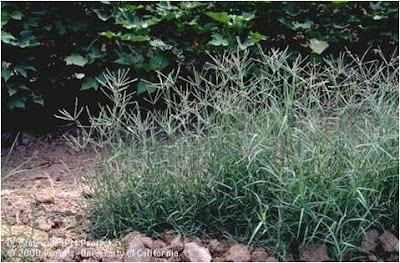 Figure 1: Bermudagrass (Cynodon dactylon). Vigorous spring- and winter-growing perennial. Frequently becomes a problem in mowed orchards. Very competitive for moisture and nutrients. Spot treat with postemergents.
Figure 1: Bermudagrass (Cynodon dactylon). Vigorous spring- and winter-growing perennial. Frequently becomes a problem in mowed orchards. Very competitive for moisture and nutrients. Spot treat with postemergents.
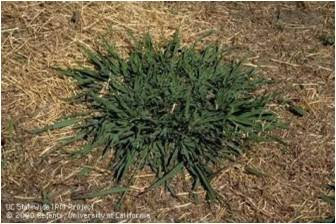 Figure 2: Dallisgrass (Paspalum dilatatum). Perennial commonly found in orchards. Seedlings in spring and summer. Tends to become dominant in mowed areas and standing water.
Figure 2: Dallisgrass (Paspalum dilatatum). Perennial commonly found in orchards. Seedlings in spring and summer. Tends to become dominant in mowed areas and standing water.
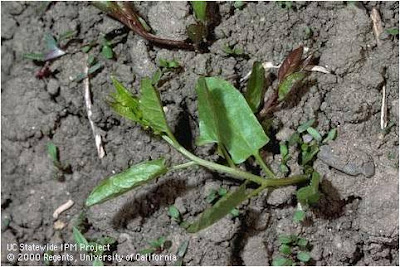 Figure 3: Field Bindweed (Convolvules arvensis). Vigorous perennial. Seeds can survive for up to 30 years in the soil. Crucial to destroy plants before seeding. Plants may spread from stem or root sections cut during cultivation.
Figure 3: Field Bindweed (Convolvules arvensis). Vigorous perennial. Seeds can survive for up to 30 years in the soil. Crucial to destroy plants before seeding. Plants may spread from stem or root sections cut during cultivation.
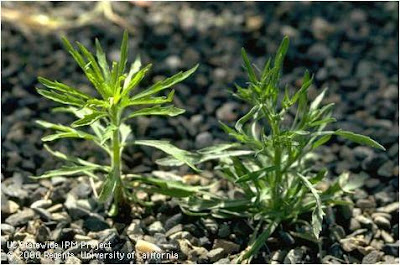 Figure 4: Hairy Fleabane (Conyza bonariensis). Annual plant. Emerges in February and in December if winter temperatures are moderate. It can withstand several mowings and still produce seeds.
Figure 4: Hairy Fleabane (Conyza bonariensis). Annual plant. Emerges in February and in December if winter temperatures are moderate. It can withstand several mowings and still produce seeds.
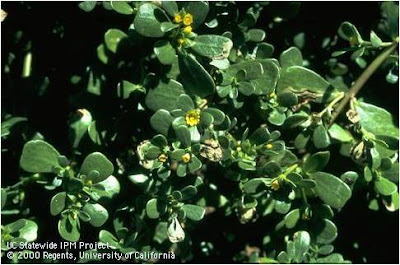 Figure 5: Common Purslane (Portulaca oleracea).It is a prostrate summer annual. Germinates in April to early May. It can cause problems with both nut drying and pick-up during harvest operations.
Figure 5: Common Purslane (Portulaca oleracea).It is a prostrate summer annual. Germinates in April to early May. It can cause problems with both nut drying and pick-up during harvest operations.
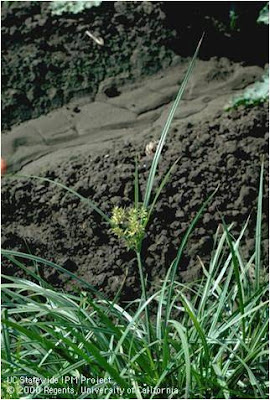 Figure 6: Nutsedge (Cyperus esculentus). It is a perennial weed. It reproduces from tubers that can survive for 2 to 5 years in the ground. Each tuber contains several buds that are capable of producing plants.
Figure 6: Nutsedge (Cyperus esculentus). It is a perennial weed. It reproduces from tubers that can survive for 2 to 5 years in the ground. Each tuber contains several buds that are capable of producing plants.
Further Resources:
"Weeds of California and Other Western States." Vol. 1 and Vol. 2. J.M. Ditomaso and E.A. Healy. University of California Agriculture and Natural Resources. Publication 3488.
"Integrated Pest Management for Almonds." 2nd edition. Statewide Integrated Pest Management Project. University of California Agriculture and Natural Resources. Publication 3308.
Article was based off of Tulio Macedo's Orchard Weed Notes newsletter article titled "Fall Weed Monitoring."
